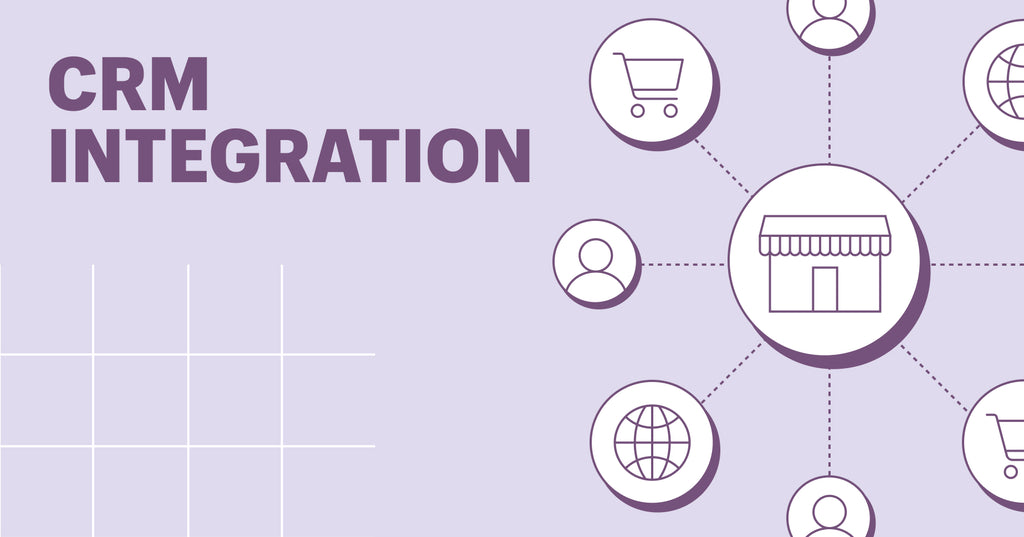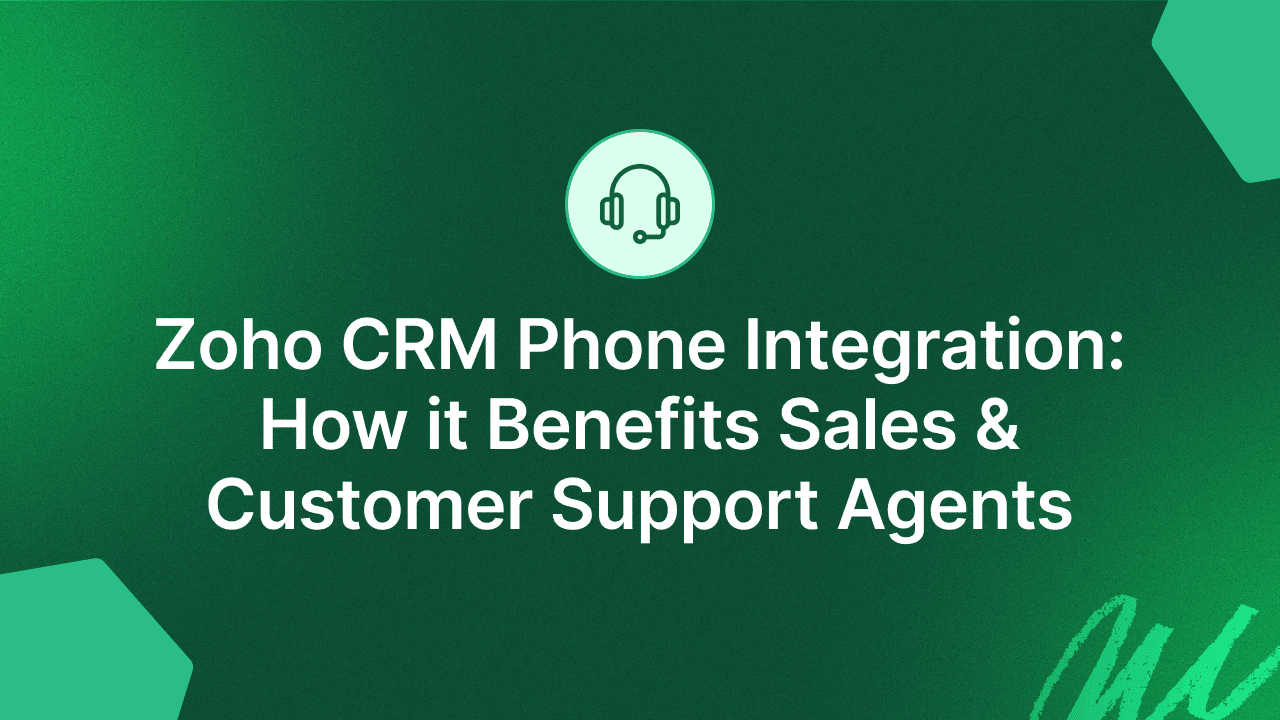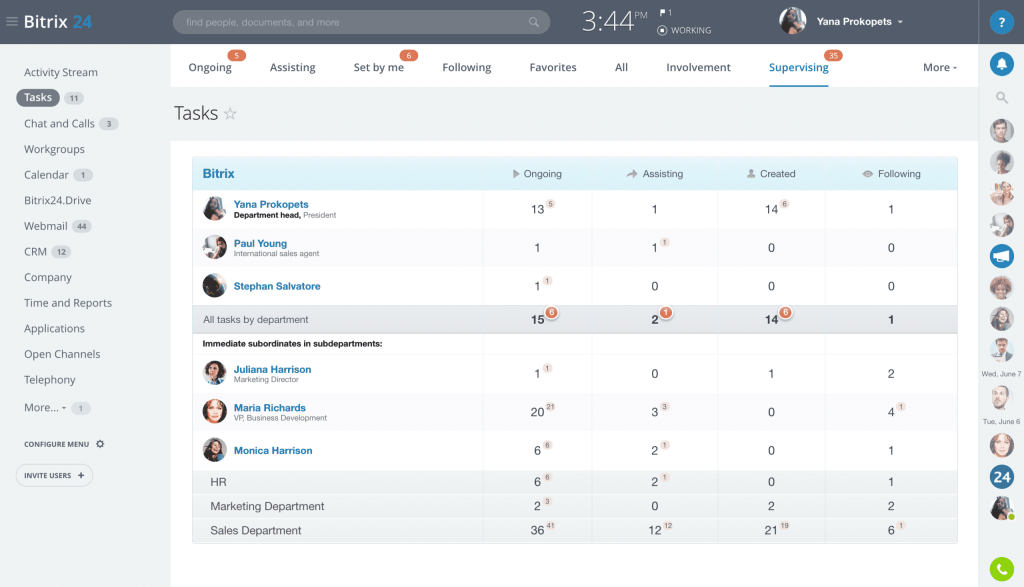Introduction: Why CRM Marketing Metrics Matter
In the dynamic world of marketing, where data reigns supreme, understanding and leveraging Customer Relationship Management (CRM) marketing metrics is no longer optional; it’s essential. These metrics are the compass guiding your marketing ship, helping you navigate the often choppy waters of customer acquisition, engagement, and retention. Without a clear understanding of these key performance indicators (KPIs), you’re essentially marketing in the dark, hoping to stumble upon success. This comprehensive guide will illuminate the most critical CRM marketing metrics, providing you with the knowledge and tools to measure, analyze, and ultimately, optimize your marketing efforts for maximum impact.
Think of CRM marketing metrics as the vital signs of your marketing strategy. They tell you whether your campaigns are healthy, whether they’re improving, or whether they need immediate intervention. They offer insights into customer behavior, campaign performance, and the overall effectiveness of your CRM system. By consistently monitoring and analyzing these metrics, you can make data-driven decisions, refine your strategies, and ultimately, drive revenue growth.
This guide is designed for marketers of all levels, from those just starting to explore the world of CRM to seasoned professionals looking to refine their measurement strategies. We’ll delve into the core metrics, explain how to calculate them, and provide practical examples of how to use them to improve your marketing performance. Let’s get started!
Understanding Core CRM Marketing Metrics
The world of CRM marketing metrics is vast, but a core set of KPIs provides the foundation for effective measurement. These metrics offer a holistic view of your marketing performance, allowing you to identify strengths, weaknesses, and areas for improvement. Let’s explore some of the most important ones:
1. Customer Acquisition Cost (CAC)
Customer Acquisition Cost (CAC) is arguably one of the most critical metrics. It represents the total cost of acquiring a new customer. Understanding your CAC is crucial for assessing the efficiency of your marketing spend and determining the profitability of your customer acquisition efforts. A high CAC can indicate that your marketing strategies are inefficient or that your targeting is off, while a low CAC suggests that your campaigns are effective and well-targeted.
How to Calculate CAC:
CAC = (Total Marketing and Sales Costs) / (Number of New Customers Acquired)
Example:
If you spend $10,000 on marketing and sales activities and acquire 100 new customers, your CAC is $100. This means it costs you $100 to acquire each new customer. You’ll want to compare this to your Customer Lifetime Value (CLTV – discussed below) to assess profitability.
2. Customer Lifetime Value (CLTV)
Customer Lifetime Value (CLTV) is a predictive metric that estimates the total revenue a customer will generate throughout their relationship with your business. It’s a forward-looking metric that helps you understand the long-term value of your customers and make informed decisions about customer acquisition and retention strategies. A high CLTV indicates that your customers are valuable and loyal, while a low CLTV may suggest issues with customer retention or product/service offerings.
How to Calculate CLTV:
There are several methods for calculating CLTV, ranging from simple to more complex. A common, simplified formula is:
CLTV = (Average Purchase Value) x (Average Purchase Frequency) x (Average Customer Lifespan)
Example:
If a customer spends an average of $50 per purchase, makes 4 purchases per year, and remains a customer for 5 years, their CLTV is $1000 ($50 x 4 x 5). This suggests that each customer is worth $1000 to your business over their lifetime.
3. Customer Churn Rate
Customer churn rate measures the percentage of customers who stop doing business with your company over a specific period. It’s a critical indicator of customer satisfaction and loyalty. A high churn rate indicates that customers are leaving, which can significantly impact your revenue and profitability. Identifying and addressing the reasons behind churn is crucial for long-term success.
How to Calculate Churn Rate:
Churn Rate = (Number of Customers Lost During Period) / (Number of Customers at the Beginning of Period) x 100%
Example:
If you start the month with 1000 customers and lose 50 during the month, your churn rate is 5% (50 / 1000 x 100%).
4. Conversion Rate
Conversion rate measures the percentage of visitors or leads who complete a desired action, such as making a purchase, filling out a form, or requesting a demo. It’s a key indicator of the effectiveness of your marketing campaigns and the overall user experience. A high conversion rate suggests that your campaigns are well-designed, your messaging is compelling, and your website or landing pages are user-friendly. Low conversion rates, on the other hand, may indicate issues with your targeting, messaging, or website design.
How to Calculate Conversion Rate:
Conversion Rate = (Number of Conversions) / (Number of Visitors or Leads) x 100%
Example:
If your landing page receives 1000 visitors and 50 of them make a purchase, your conversion rate is 5% (50 / 1000 x 100%).
5. Return on Investment (ROI)
Return on Investment (ROI) measures the profitability of your marketing investments. It quantifies the return you receive for every dollar spent on marketing activities. ROI is a crucial metric for justifying your marketing budget and demonstrating the value of your marketing efforts to stakeholders. A positive ROI indicates that your marketing investments are generating a profit, while a negative ROI suggests that you’re losing money.
How to Calculate ROI:
ROI = ((Revenue Generated – Cost of Investment) / Cost of Investment) x 100%
Example:
If you spend $10,000 on a marketing campaign and generate $20,000 in revenue, your ROI is 100% (($20,000 – $10,000) / $10,000 x 100%).
6. Marketing Qualified Lead (MQL) to Sales Qualified Lead (SQL) Rate
This metric measures the efficiency of your lead nurturing process. It tracks the percentage of Marketing Qualified Leads (MQLs) – leads that have shown interest in your product or service – that convert into Sales Qualified Leads (SQLs) – leads that your sales team deems ready for a sales conversation. A high MQL to SQL rate indicates that your marketing and sales teams are aligned and that your lead nurturing efforts are effective. A low rate may indicate issues with lead scoring, lead nurturing, or sales readiness.
How to Calculate MQL to SQL Rate:
MQL to SQL Rate = (Number of SQLs) / (Number of MQLs) x 100%
Example:
If you have 100 MQLs and 20 of them become SQLs, your MQL to SQL rate is 20% (20 / 100 x 100%).
Advanced CRM Marketing Metrics and Their Significance
Beyond the core metrics, several advanced KPIs offer deeper insights into your CRM marketing performance. These metrics often require more sophisticated data analysis and integration with other systems, but they can provide valuable insights into customer behavior, campaign effectiveness, and overall business performance.
1. Website Traffic and Engagement Metrics
While not directly tied to your CRM, website traffic and engagement metrics provide crucial context for understanding customer behavior and the effectiveness of your marketing campaigns. These metrics include:
- Website Traffic: Total number of visitors, unique visitors, and page views.
- Traffic Sources: Where your website traffic is coming from (e.g., organic search, social media, paid advertising).
- Bounce Rate: The percentage of visitors who leave your website after viewing only one page.
- Time on Page: The average amount of time visitors spend on a specific page.
- Pages per Session: The average number of pages visitors view during a session.
Analyzing these metrics can help you understand which marketing channels are driving the most traffic, which content is most engaging, and where you can improve your website’s user experience. This information is invaluable for optimizing your CRM marketing efforts.
2. Email Marketing Metrics
Email marketing remains a crucial component of CRM marketing. Tracking email metrics provides insights into the effectiveness of your email campaigns and the engagement of your subscribers. Key email marketing metrics include:
- Open Rate: The percentage of emails that are opened by recipients.
- Click-Through Rate (CTR): The percentage of recipients who click on a link within your email.
- Conversion Rate: The percentage of recipients who complete a desired action after clicking a link in your email (e.g., making a purchase).
- Unsubscribe Rate: The percentage of recipients who unsubscribe from your email list.
- Bounce Rate: The percentage of emails that are not delivered.
Analyzing these metrics can help you optimize your email subject lines, content, and calls to action to improve engagement and drive conversions.
3. Social Media Marketing Metrics
Social media plays a significant role in CRM marketing, enabling you to connect with customers, build brand awareness, and drive engagement. Tracking social media metrics provides insights into your social media performance and the effectiveness of your social media campaigns. Key social media metrics include:
- Reach: The number of unique users who have seen your content.
- Engagement Rate: The percentage of users who interact with your content (e.g., likes, comments, shares).
- Follower Growth: The rate at which your follower base is growing.
- Click-Through Rate (CTR): The percentage of users who click on a link in your social media post.
- Conversion Rate: The percentage of users who complete a desired action after clicking a link in your social media post (e.g., making a purchase).
Analyzing these metrics can help you optimize your social media content, targeting, and advertising strategies to improve engagement and drive conversions.
4. Customer Satisfaction (CSAT) and Net Promoter Score (NPS)
Customer satisfaction (CSAT) and Net Promoter Score (NPS) are crucial metrics for measuring customer loyalty and satisfaction. They provide valuable insights into how customers perceive your brand and their likelihood of recommending your products or services. These metrics are often collected through surveys or other feedback mechanisms.
- CSAT: Measures customer satisfaction with a specific interaction (e.g., a purchase, a customer service interaction).
- NPS: Measures the likelihood of a customer recommending your brand to others.
Tracking these metrics allows you to identify areas where you can improve customer satisfaction and loyalty. High CSAT and NPS scores often correlate with increased customer retention and lifetime value.
5. Attribution Modeling
Attribution modeling is a technique for assigning credit to different marketing touchpoints that contribute to a conversion. It helps you understand which marketing channels and campaigns are most effective at driving conversions and revenue. There are several different attribution models, including:
- First-Touch Attribution: Assigns all credit to the first touchpoint.
- Last-Touch Attribution: Assigns all credit to the last touchpoint.
- Linear Attribution: Distributes credit evenly across all touchpoints.
- Time Decay Attribution: Assigns more credit to touchpoints closer to the conversion.
- Position-Based Attribution: Assigns the most credit to the first and last touchpoints.
Choosing the right attribution model depends on your business and marketing goals. Implementing attribution modeling can help you optimize your marketing spend and allocate resources to the most effective channels.
Tools and Techniques for Tracking CRM Marketing Metrics
Tracking and analyzing CRM marketing metrics requires the right tools and techniques. Here are some essential tools and strategies:
1. CRM System
Your CRM system is the central hub for storing and managing customer data. Most CRM systems provide built-in analytics and reporting capabilities that allow you to track key metrics, such as customer acquisition cost, customer lifetime value, and churn rate. Popular CRM systems include Salesforce, HubSpot, Microsoft Dynamics 365, and Zoho CRM.
2. Marketing Automation Platforms
Marketing automation platforms, such as HubSpot, Marketo, and Pardot, automate your marketing tasks and provide advanced analytics and reporting capabilities. They can track email open rates, click-through rates, website traffic, and conversion rates. These platforms often integrate with your CRM system to provide a unified view of your customer data.
3. Web Analytics Tools
Web analytics tools, such as Google Analytics, provide detailed insights into your website traffic, user behavior, and conversion rates. They can track website traffic sources, bounce rates, time on page, and pages per session. Integrating your web analytics data with your CRM system can provide a more comprehensive view of your marketing performance.
4. Data Visualization Tools
Data visualization tools, such as Tableau, Power BI, and Google Data Studio, allow you to create dashboards and reports that visualize your CRM marketing metrics. These tools make it easier to identify trends, patterns, and insights in your data. They can help you communicate your marketing performance to stakeholders and make data-driven decisions.
5. Regular Reporting and Analysis
Regularly reviewing and analyzing your CRM marketing metrics is crucial for identifying areas for improvement and optimizing your marketing performance. Establish a reporting schedule and create dashboards and reports that track your key metrics. Analyze your data to identify trends, patterns, and insights. Share your findings with your team and stakeholders to ensure that everyone is aligned on your marketing goals and strategies.
6. A/B Testing
A/B testing is a powerful technique for optimizing your marketing campaigns. It involves testing different versions of your marketing materials (e.g., website copy, email subject lines, calls to action) to see which one performs better. A/B testing can help you improve your conversion rates, click-through rates, and other key metrics. Use A/B testing tools such as Optimizely or VWO to run your tests and analyze the results.
Using CRM Marketing Metrics to Drive Actionable Insights
The true value of CRM marketing metrics lies in their ability to drive actionable insights. By analyzing your data, you can identify areas where you can improve your marketing performance and make data-driven decisions. Here’s how to use CRM marketing metrics to drive actionable insights:
1. Identify Your Ideal Customer Profile (ICP)
Analyzing your CRM data can help you identify your ideal customer profile (ICP). This involves understanding the demographics, psychographics, and behaviors of your most valuable customers. By identifying your ICP, you can tailor your marketing campaigns to target the right audience and improve your conversion rates.
2. Optimize Your Customer Acquisition Strategy
Analyze your customer acquisition cost (CAC) and conversion rates to identify which marketing channels are most effective at driving new customers. Optimize your marketing spend by allocating resources to the most effective channels. Test different marketing campaigns and messaging to improve your conversion rates.
3. Improve Customer Retention
Analyze your churn rate and customer lifetime value (CLTV) to identify customers who are at risk of churning. Implement customer retention strategies, such as personalized email campaigns, loyalty programs, and proactive customer support, to improve customer retention. Analyze customer feedback to identify areas where you can improve your products or services.
4. Personalize Your Marketing Campaigns
Use your CRM data to personalize your marketing campaigns. Segment your customers based on their demographics, behaviors, and purchase history. Create targeted email campaigns, website content, and advertising campaigns that are relevant to each customer segment. Personalization can significantly improve your engagement rates and conversion rates.
5. Improve Lead Nurturing
Analyze your MQL to SQL rate to identify areas where you can improve your lead nurturing process. Implement lead scoring to prioritize your leads and focus your efforts on the most promising ones. Create targeted email campaigns and content to nurture your leads and move them through the sales funnel.
6. Make Data-Driven Decisions
Use your CRM marketing metrics to make data-driven decisions. Regularly review your data and identify trends, patterns, and insights. Share your findings with your team and stakeholders to ensure that everyone is aligned on your marketing goals and strategies. Use your data to justify your marketing budget and demonstrate the value of your marketing efforts.
Common Challenges in Measuring CRM Marketing Metrics
While measuring CRM marketing metrics is essential for success, several challenges can complicate the process. Being aware of these challenges allows you to proactively address them and ensure the accuracy and effectiveness of your measurement efforts.
1. Data Accuracy and Integrity
The accuracy and integrity of your data are crucial for making informed decisions. Inaccurate or incomplete data can lead to misleading insights and flawed strategies. Ensure that your CRM system is properly configured, that data entry is consistent, and that you have data validation processes in place to minimize errors.
2. Data Silos
Data silos occur when data is stored in separate systems that are not integrated. This can make it difficult to get a comprehensive view of your customer data and marketing performance. Integrate your CRM system with other systems, such as your marketing automation platform, web analytics tool, and e-commerce platform, to create a unified view of your customer data.
3. Lack of Alignment Between Marketing and Sales
A lack of alignment between marketing and sales can lead to inconsistent data and inaccurate reporting. Ensure that your marketing and sales teams are aligned on your goals, strategies, and metrics. Establish clear definitions for MQLs and SQLs. Regularly review your data and share your findings with both teams to ensure that everyone is on the same page.
4. Difficulty in Attribution
Attributing conversions to specific marketing channels can be challenging, especially in complex customer journeys. Implement attribution modeling to understand which marketing channels and campaigns are most effective at driving conversions. Choose the right attribution model based on your business and marketing goals.
5. Complexity of Data Analysis
Analyzing CRM marketing data can be complex, especially if you have a lot of data. Use data visualization tools to create dashboards and reports that visualize your key metrics. Invest in training for your team to ensure that they have the skills and knowledge to analyze your data effectively.
6. Keeping Up with Changing Technology
The marketing technology landscape is constantly evolving. New tools and technologies are emerging all the time. Stay up-to-date on the latest trends and technologies. Continuously evaluate your tools and processes to ensure that they are still effective.
Conclusion: The Path to CRM Marketing Success
In conclusion, mastering CRM marketing metrics is a crucial step toward achieving marketing success. By understanding and leveraging these metrics, you can gain valuable insights into your customer behavior, campaign performance, and the overall effectiveness of your CRM system. This guide has provided a comprehensive overview of the most important CRM marketing metrics, including how to calculate them, the tools and techniques for tracking them, and how to use them to drive actionable insights.
By consistently monitoring and analyzing your CRM marketing metrics, you can make data-driven decisions, refine your strategies, and ultimately, drive revenue growth. Remember to focus on data accuracy, data integration, and alignment between your marketing and sales teams. Embrace the power of data visualization and A/B testing to continuously optimize your marketing efforts.
The journey to CRM marketing success is ongoing. By embracing a data-driven approach and continuously learning and adapting, you can stay ahead of the curve and achieve your marketing goals. So, take action, implement the strategies outlined in this guide, and watch your marketing performance soar. The future of marketing is data-driven, and with the right understanding of CRM marketing metrics, you’re well-equipped to thrive.





